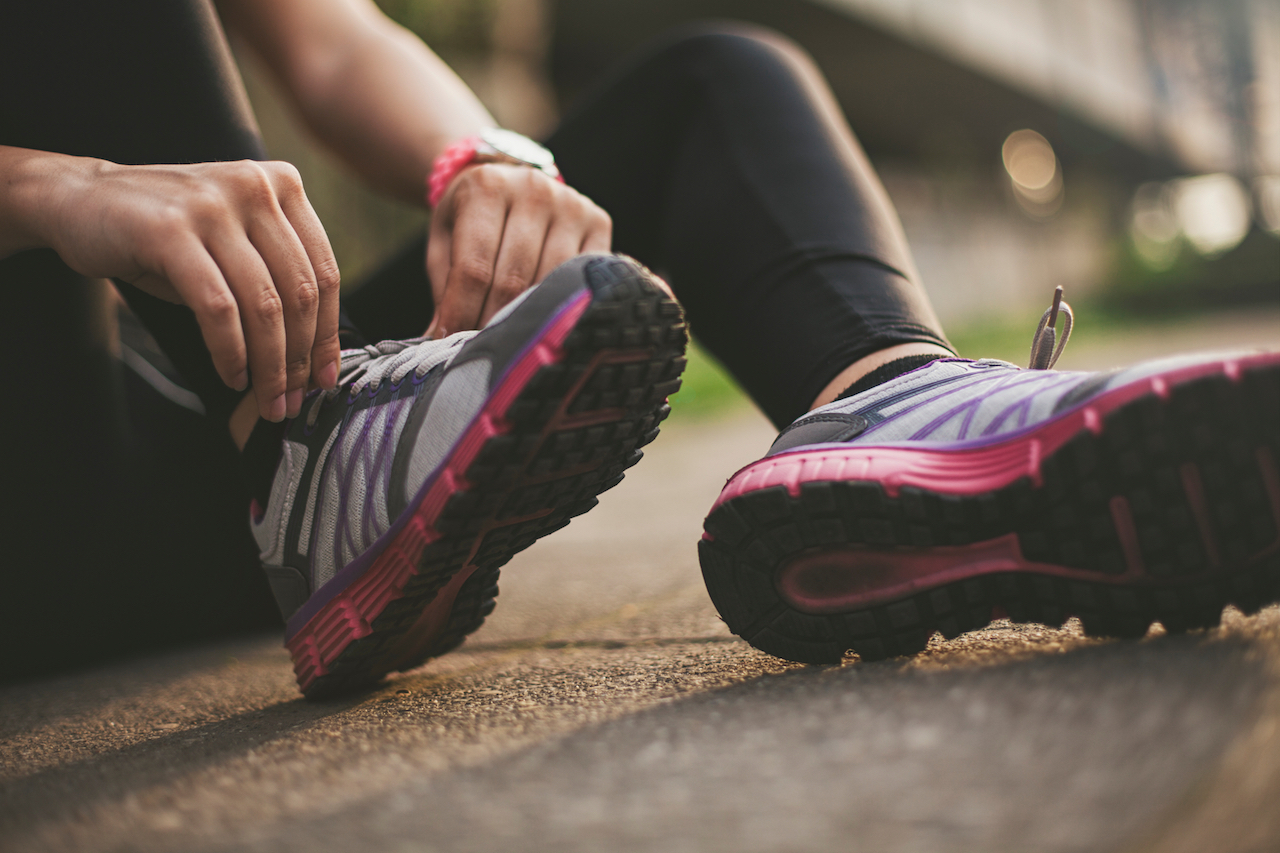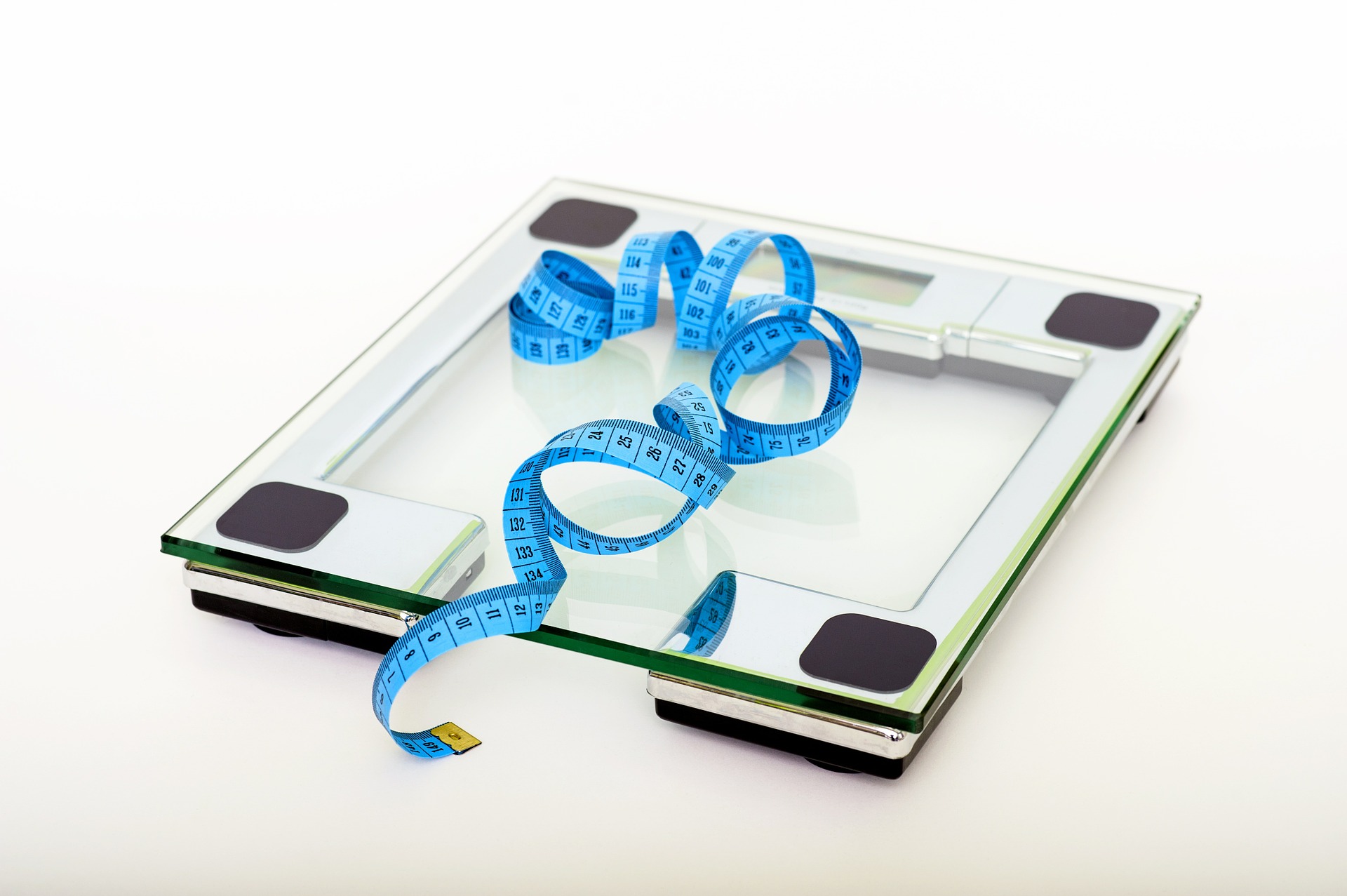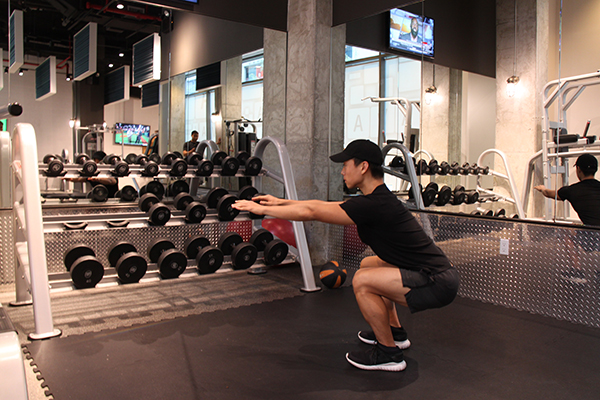Author: Ashley Boynes-Shuck
Working out isn’t about making a fashion statement, of course, but many people do place value on feeling and looking their best while exercising.
While it’s nice to wear clothes that are aesthetically pleasing to you, or clothing that expresses your personality and personal style, ultimately comfort and function are key when hitting the gym, taking a hike, joining a dance class, or embarking upon a new fitness challenge.
It’s also crucial that the fabric/material, fit, and sometimes even color are taken into consideration when choosing your workout clothes. Outdoor exercises may involve even more additional considerations, like helping you to keep warm, stay cool, or be visible. In many cases, dressing in layers is also an important factor. And last, but certainly not least, choosing the right shoe for any physical activity is vital.
So let’s break it down.
Workout clothes: Fabric
First, let’s talk fabric. The material of your workout clothes can make a huge difference. Do you want your clothing to absorb your sweat — or do you want your clothes to help pull the sweat away from the skin? Breathable fabrics and fabrics that allow for wicking are good choices that are often sought-after in fitness apparel. But some people don’t like the way that some wicking fabrics cling, and therefore might prefer cottons and materials like sweatpants or a classic t-shirt that absorb the sweat, versus pulling it away or helping it evaporate as some of the modern synthetic type materials do. It’s also worth noting that some fabrics are too heavy for certain types of workouts (like hot yoga or intense cardio) and some are too lightweight (think ice-skating or an outdoor December jog.)
Workout clothes: Fit
Fit is also of utmost importance. Wearing clothing that is too tight can be restrictive, constrictive, and could even hinder proper athletic breathing in addition to potentially-limiting that full range of motion. On the flip side, clothes that are too loose could cause their own set of problems: loose pants on a bike could spell disaster, tops that are too loose-fitting could cause a wardrobe malfunction at your barre class. And as with too-tight clothes, clothes that are overly loose could also complicate proper movement during a workout. Usually clothes with stretch and elasticity are a good idea: they allow for ease of movement and more flexibility.
For women, finding the right sports bra with a proper fit is key. It is really crucial that a sports bra fits properly: too tight can negatively impact breathing; too loose will not support the muscles and tendons or connective tissues around the breasts, which can cause injury. Ideally, the band should be snug enough, but not super-tight. Narrow band are typically less supportive with wider band and fuller coverage offering more support. The goal is for the sports bra to feel secure and reduce bouncing or up-and-down movement which can put stress on the breasts and chest. A sporting goods store or bra and lingerie specialty retailer can measure you for the best, most comfortable, most functional fit. Remember that sports bras, just like other articles of clothing, serve a purpose.
Workout clothes: Climate
If you’re exercising outside, you may need to dress in layers: a warm coat in the winter, shorts or leggings depending on the weather, a lightweight and cooling top in the hot sun, bright colors or reflective accents depending on the time of day and how bright it is outside. These are all things to consider when it comes to an outdoor workout — and many times people forget that visibility is sometimes a factor for outdoor activities.
Workout clothes: Confidence
This includes wearing something that is comfortable, true to you, and makes you feel good. If you enjoy color-coordinated or brand-coordinated workout ensembles (head-to-toe purple? Metallic windbreaker and matching workout top? Leopard print yoga pants? All black everything? You do you!) But if you enjoy exercising in an oversized t-shirt or cutoff weightlifting tank that you’ve had since high school and a pair of holey sweatpants or basketball shorts, that’s more than okay, too! As long as you are putting in the work, what you look like is of no concern. You are so much more than your style or appearance — exercise isn’t about what you are wearing, nor is your health and wellness journey — but at the same time, it is important to have the clothing you need to perform at a functional level that will help you stay comfortable and empowered as you strive to reach your goals.
Workout clothes: Everything else
Something else to consider is the idea of equipment: Are you playing a sport that needs special gear? Do you need a helmet? Do you have an injury, disability, or physical limitation that requires special bracing or taping, a splint, sling, or a cast? Do you have long hair that requires a headband? Do you need a hat? A swimsuit? Goggles? Cycling shoes? Spin shoes? Dance shoes? Cleats? Weightlifting gloves? Sweat bands? A certain type of sock? A baseball or softball mitt? Camouflage hunting gear? Knee-high waders for fishing? Knee pads? A wet suit? A mouth guard? Make sure you research if you need any of these items before engaging in a new workout or sport!
Last but not least, shoes are a very important part of any fitness journey or workout regimen. Be sure your shoe is the right size and fit. You may have to use discernment in picking the proper shoes, too, for whatever sport or exercise you’re doing. You may need cross-trainers, walking shoes, or other kinds of sneakers. If you are taking a special class, you may need a special kind of shoe. Tread and sole thickness may vary; and how high the ankle comes up on your ankle also matters. An expert at a shoe store or sporting goods store may be able to help you determine the right size, fit, and style of shoe for you!





